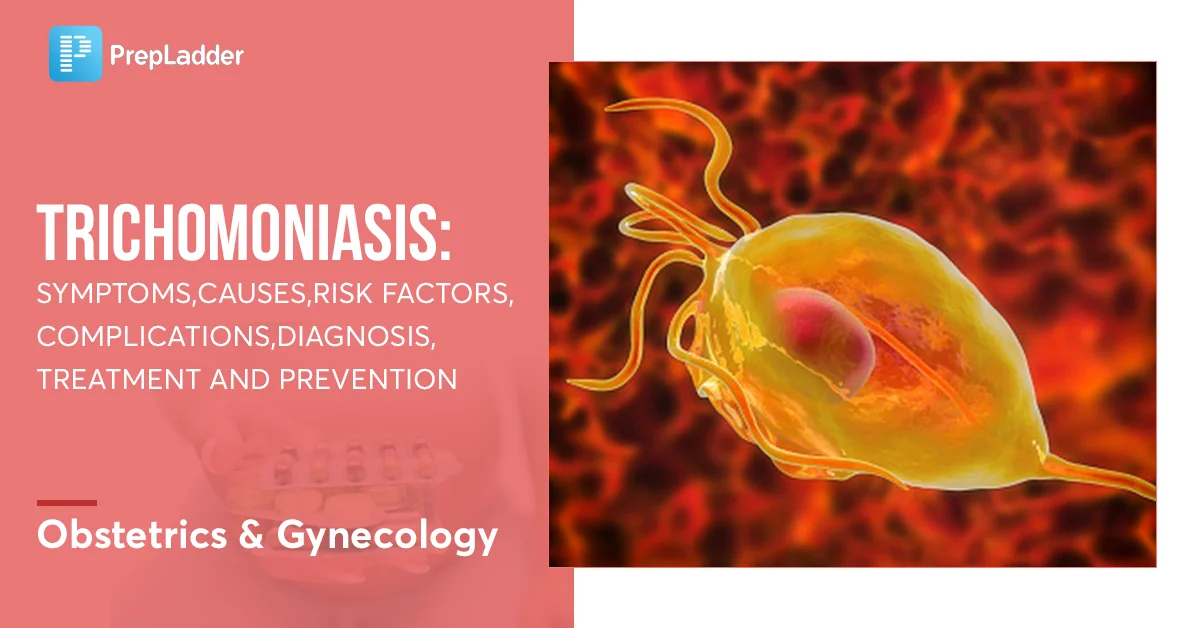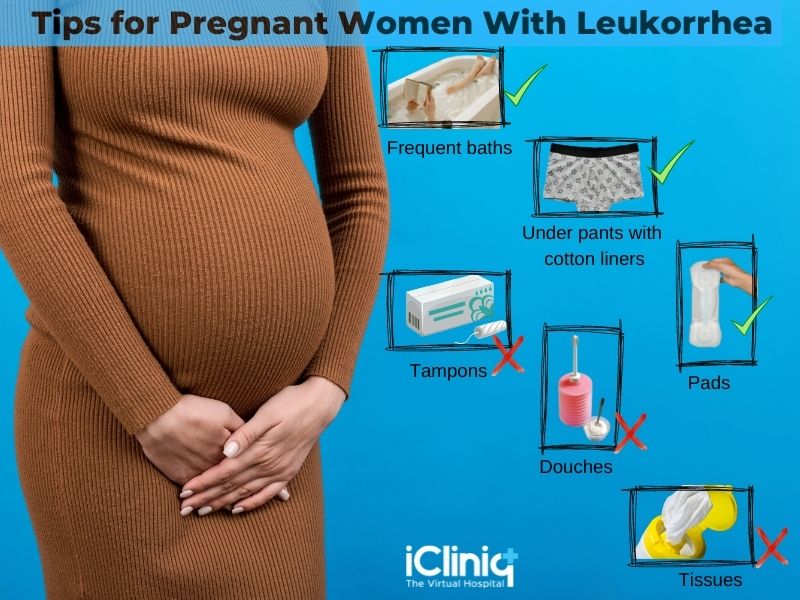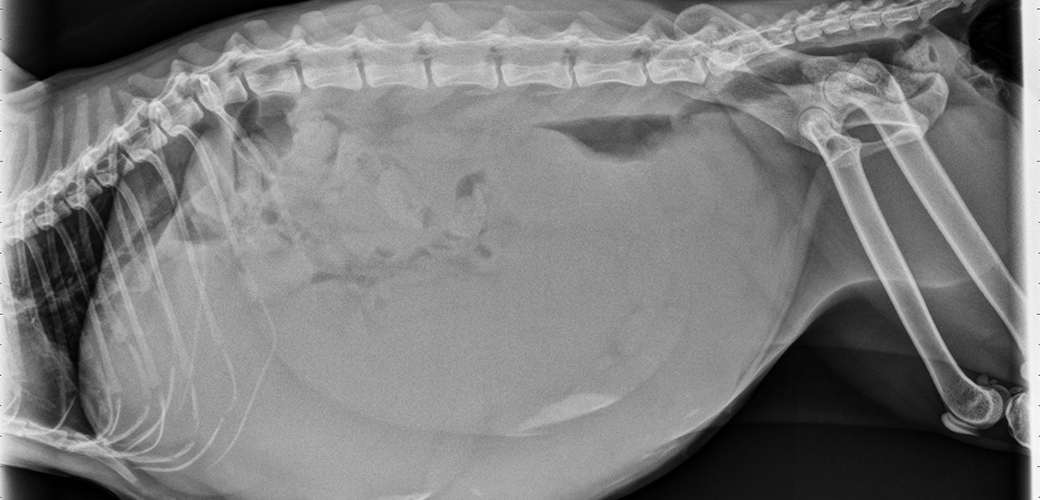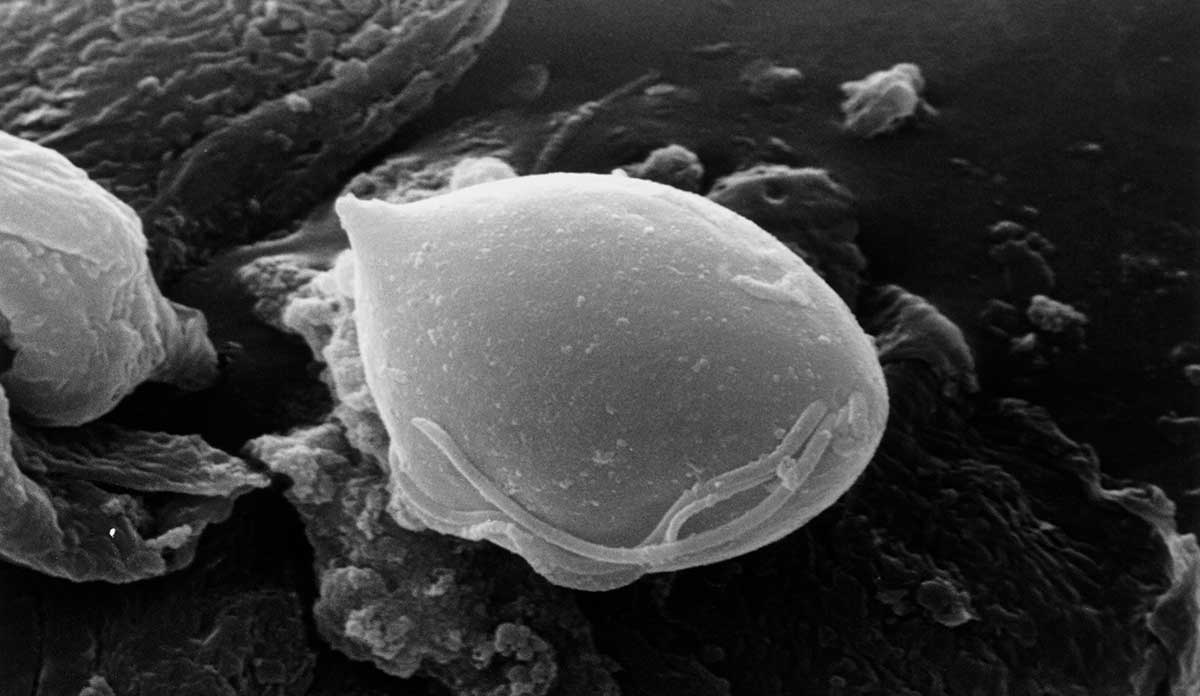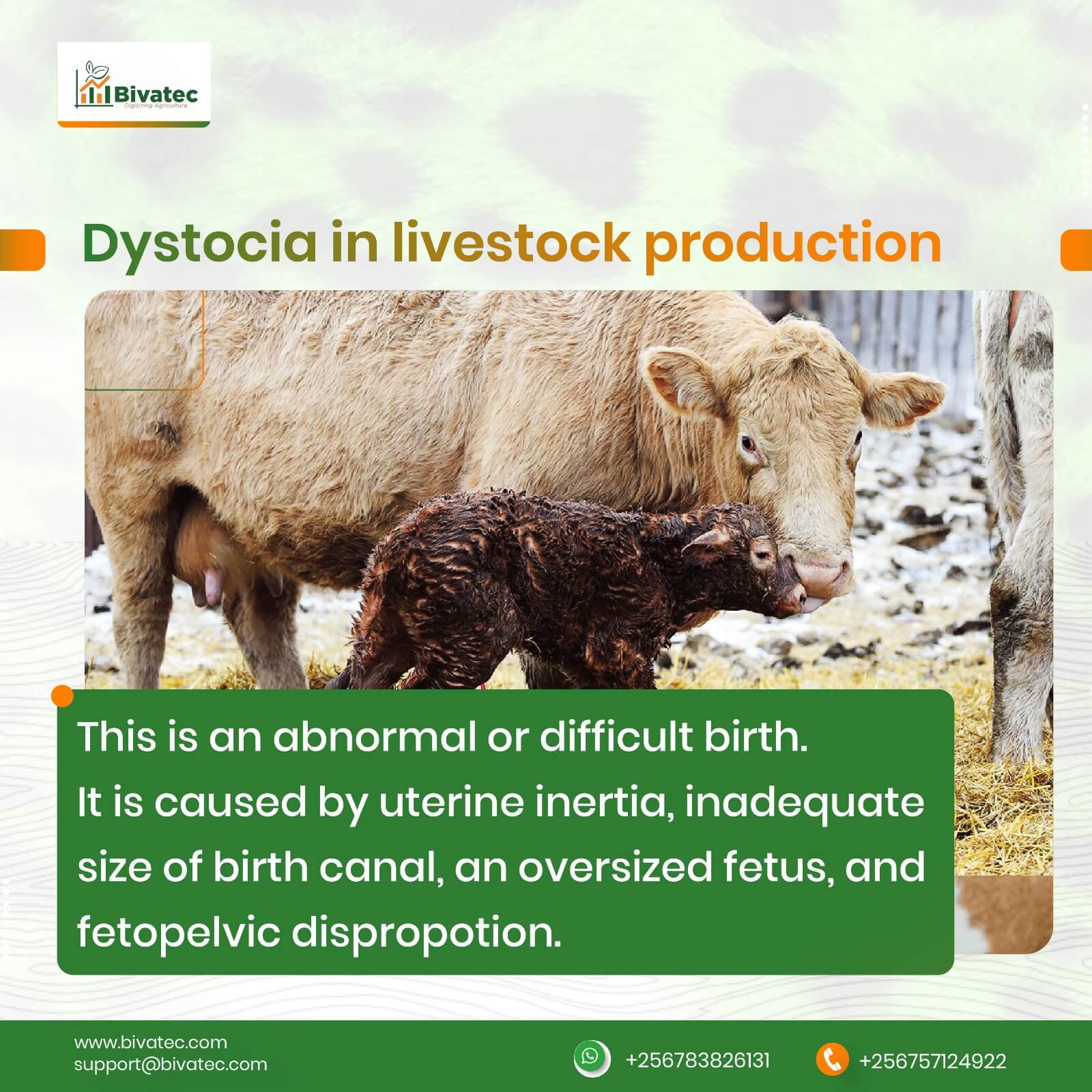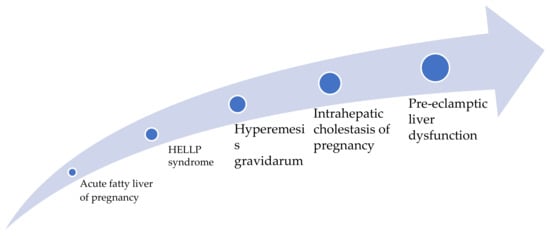Trichomoniasis: Understanding the Causes, Symptoms, and Treatments Revealed
– Trichomoniasis is a sexually transmitted infection caused by a parasite.
– In women, trichomoniasis can cause a foul-smelling vaginal discharge, genital itching, and painful urination.
– Men with trichomoniasis typically have no symptoms.
– Pregnant women with trichomoniasis might be at higher risk of delivering prematurely.
– Treatment for trichomoniasis involves taking antibiotics such as metronidazole, tinidazole, or secnidazole.
– All sexual partners should be treated at the same time to prevent reinfection.
– Using condoms correctly every time during sex can reduce the risk of infection.
